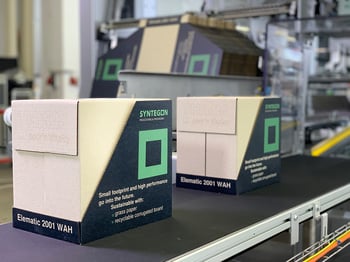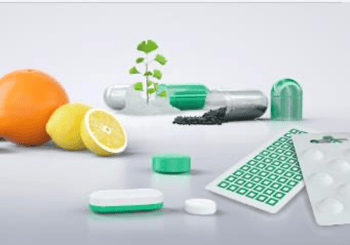Easy handling, efficient filling: Ready-to-use (RTU) containers play an increasingly important role in the pharmaceutical industry. To optimally transfer pre-sterilized RTU vials to the filling area of a production line, machine and technology supplier Syntegon and drug containment solutions provider Stevanato Group investigated an industry-first and promising approach: Together they tested the efficacy of vaporized hydrogen peroxide (H2O2) for the decontamination of the outer packaging of RTU vials in trays or tubs/nests – with groundbreaking results.
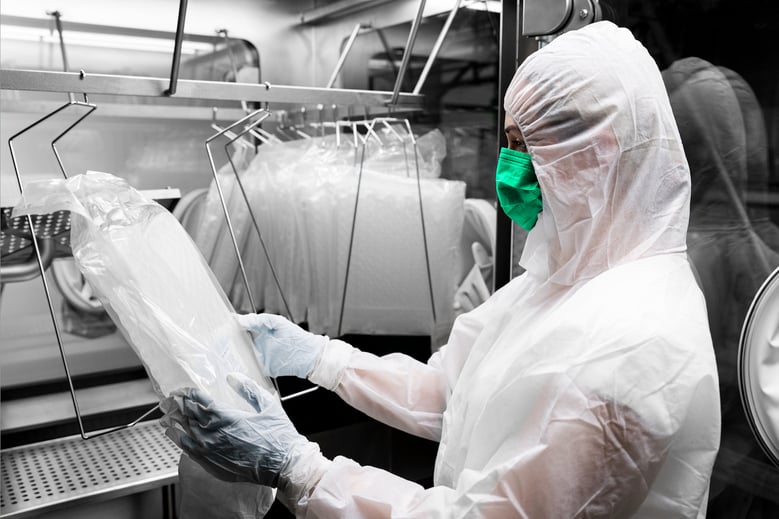
One-size-fits-all solutions are rarely the golden ticket in the pharmaceutical industry. This is never more evident than when it comes to finding the right transfer process for filling RTU containers. Before the pre-sterilized vials leave the glass supplier's production hall, they are placed in trays or nests and tubs, sealed and packed in bags. One, two or even more layers of (typically) tyvek material protect the tray or the tub. Once in the pharmaceutical company's filling line, all these packaging layers must be removed step by step. This so-called no-touch transfer has established itself in hundreds of machine applications all over the world. The time-consuming task involves either the operator removing all layers semi-automatically in the clean room or a machine carrying out this step fully automatically.
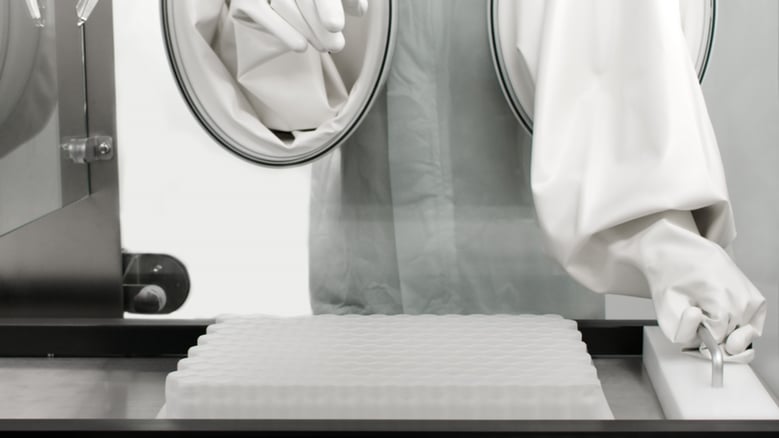
Joint tests for greater product safety
However, this method has a catch: with each unpacking, the risk of contamination increases significantly. That's why pharmaceutical companies are always on the lookout for new solutions to further improve product safety - and that's exactly what brought machinery and technology supplier Syntegon and containment solutions provider Stevanato Group together. In an industry-first series of experiments, they tested the potential of vaporized hydrogen peroxide (H2O2) to decontaminate the outer packaging of RTU vials. The gas is already used extensively to decontaminate the insulator interior during the standard bulk production of vials on conventional lines.
In their experiments both companies focused on the extent to which this gas method can be transferred to RTU vials and what obstacles might occur: Do traces of vaporized H2O2 penetrate the packaging during contamination? And most importantly: Could H2O2 residues in the vials potentially affect the quality of the final product? Until then, no sufficient data existed to verify the safety of the H2O2 method when transferring RTU vials to the filling line with H2O2 chamber.
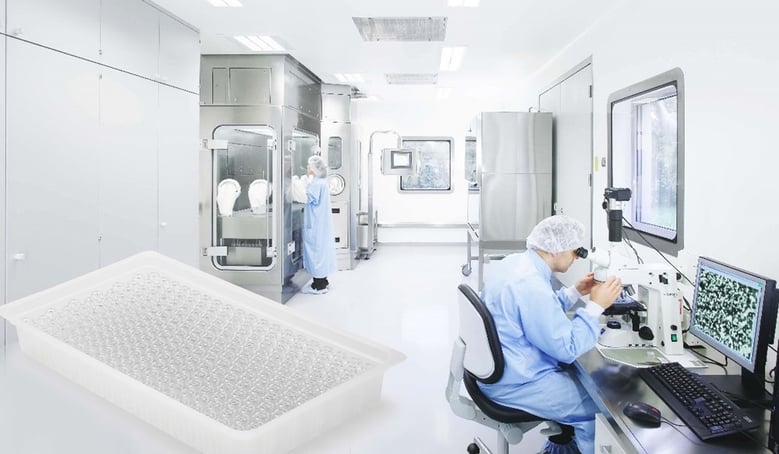
Tests provide promising answers
Extensive testing with various parameters such as different container materials, duration of exposure and aeration timeled to unequivocal results: after an aeration phase and given a standard residual concentration of 0.5 ppm of H2O2 inside the isolator, there were only marginal traces of hydrogen peroxide in the vials, namely less than 2 nanomoles (nmol). As each drug reacts differently to the potential residual concentration of hydrogen peroxide in the vial, however, pharmaceutical companies need to consider different product factors when using this method. Yet the results demonstrate clearly that vaporized hydrogen peroxide can be used to safely decontaminate the outer packaging of pre-sterilized vials, paving the way for a more flexible and efficient filling of small batches.



